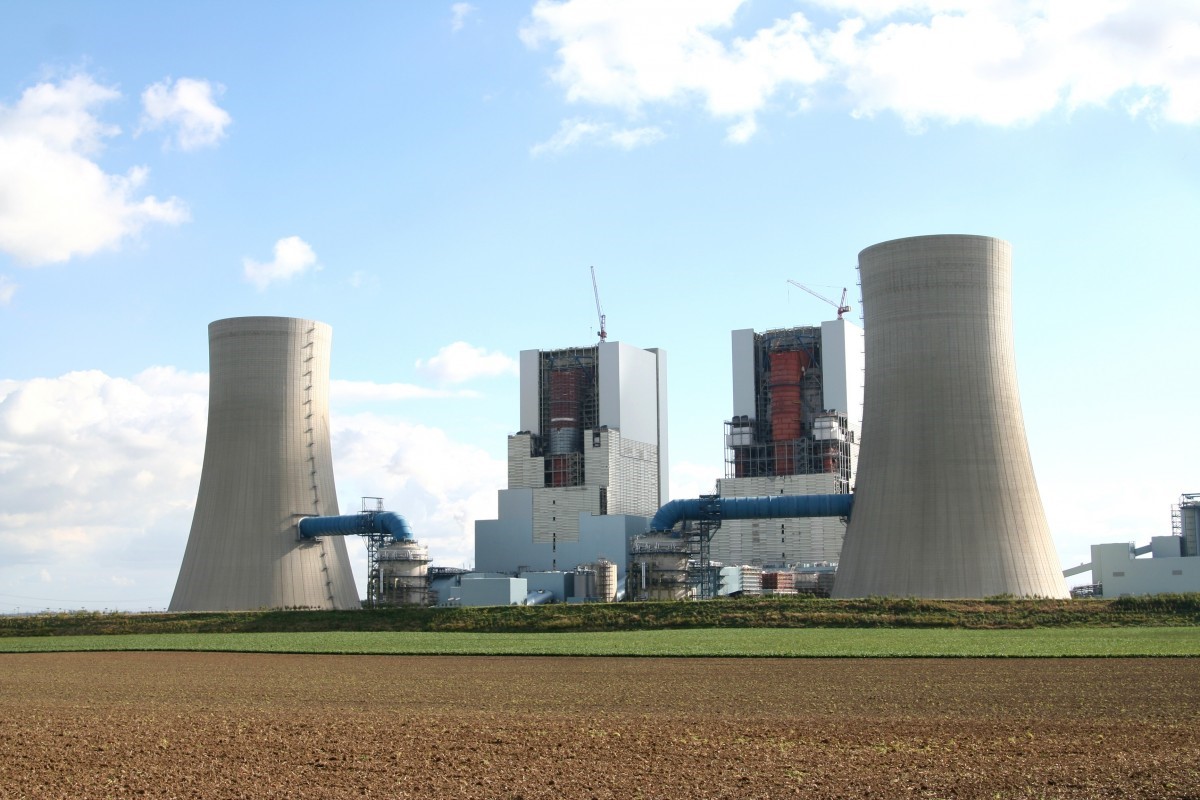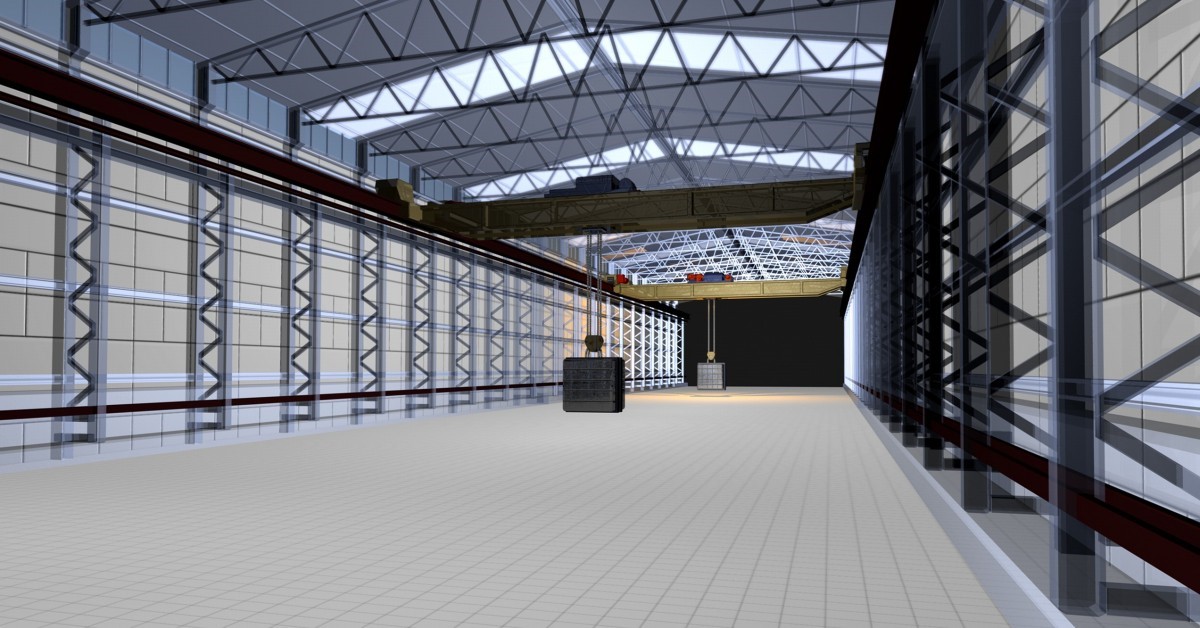
The Benefits of a Common Data Environment for BIM in the Energy & Nuclear Industries
Engineering and design processes are increasingly being digitised in the energy industry.
Static documents, spreadsheets and databases are getting translated and connected, and insights gained from their analysis are driving improvements across the sector.
In addition, new technologies, systems and processes are adding complexity to energy facility designs, while financial and regulatory requirements are also evolving at a rapid pace.
This results in a higher than ever volume of design workflow requirements and places engineers under greater burdens to deal with all of this data effectively.
In order to enable energy industry designers to cope with the complexity of a modern building, a Common data environment (CDE) has become an essential project tool. Let’s have a look at the benefits of a Common Date Environment…
What is a Common Data Environment?
Large-scale modern building projects are increasingly data-intensive. New design capabilities enable the development of rich models that contain vast volumes of information.
In addition, stringent regulatory requirements and multi-stage tender and design processes result in extensive documents and databases being developed, while new sensors and other technologies are making it easier to collect yet more useful data.
To collate all this detail the different stakeholders on any project (including the structural and service engineers, architects, and sub-contractors for example) typically develop individual models for the aspects of the build that they lead on.
These models are then combined in a single software platform so they can be accessed and collaborated on; this is the so-called ‘federated’ approach.
A common data environment (CDE) is therefore defined as the single digital location in which all of the models and critical information on a project is brought together in real-time.
It enables the different stakeholders to collaborate better by using a set of common standards, designs and definitions.
A CDE also incorporates all design files and information in both graphical and non-graphical forms using interoperability solutions, so they can be accessed across different platforms.
In the federated approach the individual models do not interact directly with the CDE data – the overall separate federated model is instead built from the data held within those individual models.
A Common Data Environment in Building Projects
A CDE is an essential part of Building Information Modelling (BIM), acting as the single source of truth for building specifications, development status and other aspects of the works.
The CDE will hold various types of information that have been collated from different sources and using a variety of programs. This can include registers, contract details, reports and other documents, along with the models used in design and testing.
In order to create a common data environment for a project all parties first need to agree on the collaboration platform and set of standards that will be used.
They will also determine and specify the user requirements that should be reflected in the overall design and its constituent pieces.
A CDE can take many forms; it can operate as simple file-based retrieval system, be stored at single server, or it can also be cloud-based.
Whichever form is chosen, it is important to ensure that everyone working on the project can access it early on and that it conforms to all partners’ data security policies.
As mentioned, a CDE is normally built on a ‘federated’ model – this means that individual models can be developed separately by different project stakeholders, and then combined in the collaborative CDE software environment.
This approach is very important in sectors where large volumes of information are in use, such as aerospace, defence and energy.

How CDEs are Used in the Energy and Nuclear Sectors
A CDE can make projects simpler and more efficient in almost any complex area.
As mentioned above, the energy and nuclear sectors in particular face a range of unique pressures and challenges when it comes to building projects.
Security and safety requirements are very stringent, and any project needs to include active participation with many parties from both the private and public sector.
A common data environment, that can be accessed by multiple stakeholders, enables all of these different actors to collaborate more seamlessly in one location, on the latest data.
In addition, any nuclear or energy facility is a significant investment and a long-term asset, and its upgrade and maintenance requirements need to be carefully managed.
A CDE enables ongoing operations to be more easily set up and run as the data has already been collated in a usable form.
In addition, all new projects centrally-procured by the UK Government require the use of BIM Level 2.
In order for project consortia to meet the requirements of BIM Level 2 they need to develop a managed 3D environment which incorporates the data and models created by the different specialists involved – i.e. a common data environment.
The Construction Industry Council (CIC) have developed a protocol for BIM that explains what models are required and how they should be used in the process.
In the CIC BIM Protocol, it is also explained that the project client should assign an Information Manager with responsibility for the CDE.
Developing a CDE in this manner will bring a range of new capabilities to nuclear and energy building design processes.
The Added Value of a CDE in the Nuclear Environment
Compared to more traditional and disconnected approaches to sharing project information on an ongoing basis, a common data environment can bring multiple benefits to nuclear projects. In particular a CDE can:
- Facilitate collaborative working; bringing different operators closer together to share tasks and information, and reduce coordination checks.
- Ensure the avoidance of duplicated design and build activity by collecting and updating digital status updates in one place.
- Enable faster, easier and more accurate estimations of building costs, timings and resource requirements for a more precise and efficient project.
- Simplify legislation and compliance by facilitating easy exporting of collated and up-to-date data from a single location. It also gives project assessors a single location to check.
- Facilitate working across the multiple software systems deployed by different providers and locations through model interoperability standards and solutions.
- Results in a more efficient and higher quality building being developed through the use of better quality modelling data.
- Ensure that designs are driven by user and system needs by incorporating validation data for the entire project team to access and use.
- Ensure all parties are working from the most recent information to avoid any misunderstandings or incorrect status updates.
- Protect the liabilities of project partners by using a federated, rather than centralised, approach to data-sharing.
- Reduce both initial capital expenditure and ongoing operational costs by limiting the number of tools and processes that need to be set up and run.
- Support the full process of project lifecycle management enabling greater accountability in projects and simplifying ongoing coordination – enabling BIM to play a key role in operations, not just development.
As you can see, a CDE brings a lot of benefits in the nuclear environment, but in order to use it safely and effectively there must also be a focus on protecting the information it contains.
Ensuring CDE Data Security and Compliance
Many different stakeholders and software systems can usually access the CDE, potentially in real-time.
They will exchange data across different formats and using a variety of access channels with different forms of security.
In all of this, it is important to maintain regulatory compliance and protect proprietary information between collaborators.
The organisations involved need peace of mind to know that confidential details aren’t being revealed by connecting to the CDE.
Likewise, bodies that oversee aspects of the build and licensing need to be sure that information shared and distributed is accurate, up-to-date and secure.
To ensure regulatory compliance CDEs should conform to BS EN ISO 19650-1 (Concepts and principles) and BS EN ISO 19650-2 (Delivery phase of assets) which supersede BS 1192 (principles) and PAS 1192 part 2 (capital/delivery phase) respectively.
These regulations define the actions an organisation must take in order to achieve BIM Level 2 – which is required in UK government procurement, making it very important for energy sector builds.
(Note that the ‘federated model’ approach to managing a CDE is sometimes referred to as a ‘combined model’ in some regulatory standards.)
Not every CDE conforms to these standards – for example some free cloud-based file-sharing options are not thought to be secure enough – so make sure the right system is chosen.
In addition, as mentioned the federated approach does not involve direct interfacing of individually-produced models with each other, therefore the liabilities of the companies supplying these models shouldn’t be affected.
But the data centre or storage systems used may still need to be secured and certified, particularly as such sensitive information is involved in nuclear projects.
CDE Software and Resources
Every project is different, and there is no single best common data environment software for ever company’s use.
REBIM is a common data environment that makes handling your data, quicker and easier. Find out more here.
In addition, if you’d like to know more about common data environments then the following resources are a great place to start:
- Common Data Environment (CDE): What you need to know for starters
- Common data environment CDE on the Designing Buildings Wiki
- The Common Data Environment: the digital space where BIM data flows
- The CDE conundrum
- What is a Common Data Environment, CDE & Who Needs It?
